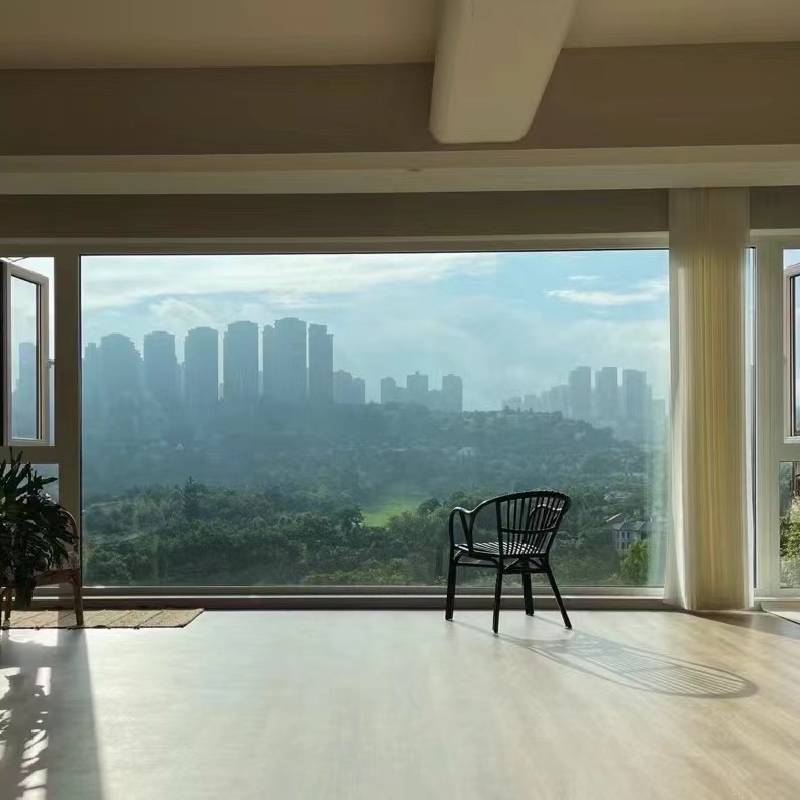

The Versatility of Clear Tempered Glass A Modern Marvel
Clear tempered glass, known for its strength and safety, is becoming increasingly popular in various applications across residential, commercial, and industrial sectors. This innovative material is created through a process of extreme heating and rapid cooling, which alters the glass's structure, making it more durable and resistant to temperature fluctuations. Here, we explore the unique characteristics, benefits, and uses of clear tempered glass, showcasing why it is a favored choice for architects, builders, and designers.
One of the standout features of clear tempered glass is its enhanced strength. It is approximately five to six times stronger than regular glass, making it an excellent choice for high-traffic and high-impact areas. In the event of breakage, tempered glass shatters into small, blunt pieces rather than sharp shards, significantly reducing the risk of injury. This safety feature makes it ideal for use in environments where glass is likely to be subjected to physical stress or where the safety of occupants is a priority.
Moreover, clear tempered glass offers aesthetic appeal without compromising on functionality. Its clarity and transparency allow for maximum light penetration, promoting a sense of openness and spaciousness in any setting. Architects and designers frequently incorporate this material into building facades, storefronts, and interior partitions to create stunning visual effects while maintaining structural integrity. The material can be easily fabricated into various shapes and sizes, enabling creative and customized applications that meet specific design needs.

In addition to its physical attributes, clear tempered glass has a degree of thermal resistance, making it suitable for applications that involve temperature fluctuations. This quality is particularly advantageous in environments such as shower enclosures, glass doors, and fireplace screens, where exposure to heat and moisture is common. The durability of tempered glass also reduces the likelihood of warping or degrading over time, ensuring long-lasting performance.
Furthermore, clear tempered glass is easy to maintain. Its smooth surface allows for effortless cleaning, helping to maintain a pristine appearance. The material is resistant to common stains and scratches, making it an ideal choice for high-use areas, such as kitchen countertops or tabletops.
Finally, the environmental impact of clear tempered glass is worth noting. It is a recyclable material, contributing to sustainable building practices. The lifecycle of tempered glass can be effectively managed to minimize waste, making it an eco-friendly option in modern construction.
In conclusion, clear tempered glass is a remarkable material that combines safety, aesthetic appeal, and durability. Its versatility in various applications, from residential architecture to commercial design, makes it a go-to choice for creators seeking both form and function. As technology and design continue to evolve, the role of clear tempered glass in enhancing our built environments will undoubtedly grow, solidifying its status as a modern marvel in the world of materials.